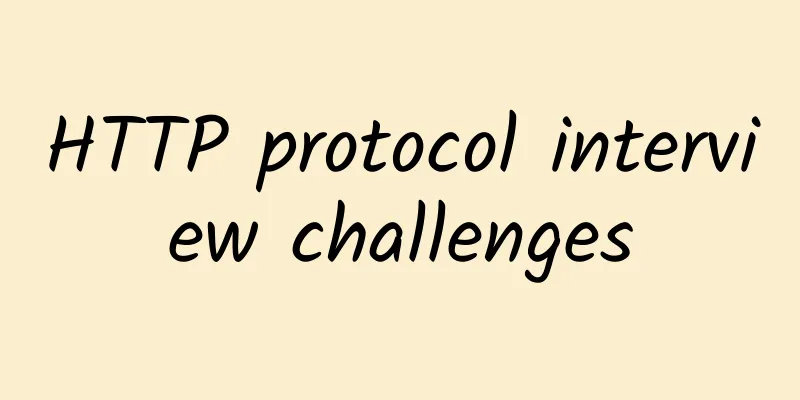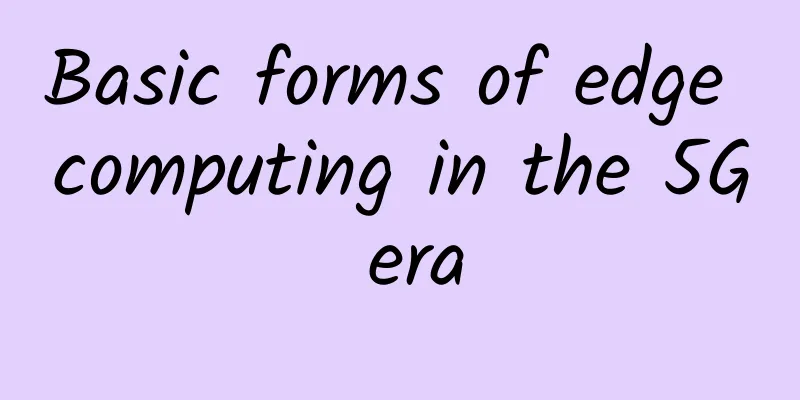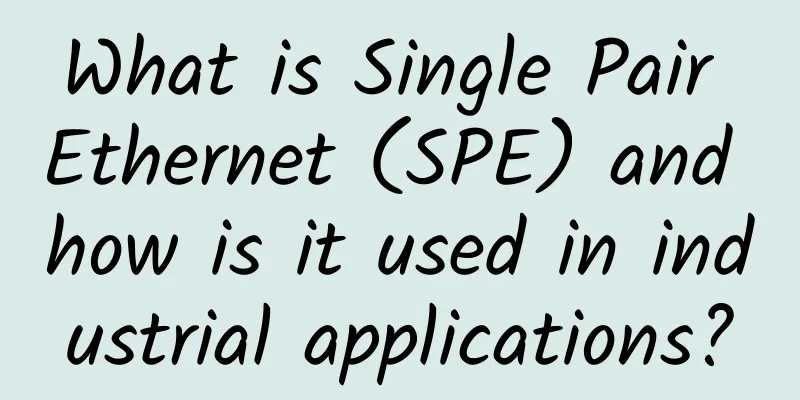HTTP protocol interview challenges

|
I am an atypical interviewer. For the first question about HTTP protocol, most people would ask what are the commonly used status codes. I don’t ask that. My question is what is the full name of HTTP? Say it to me in English!
What is the full name of HTTP? HyperText Transfer Protocol, don't mispronounce these words. The so-called hypertext is text with tags, and it originally referred to HTML. Now the HTTP protocol can transmit more than just HTML, it can also transmit forms, JSON, XML, and files. What are the commonly used HTTP status codes? Most students know 200, 404, 500, and 302 errors. If you don't even know 404, you will be despised by the editor. Why is 500 error so common? Because there are always bugs during development. A big exception is thrown and the browser will return 500. 500 means InternalServerError, which means internal server error. If it is not a bug, it is usually because the database is down. If you ask a few more status codes, many people won’t know them, because most companies’ software services do not use standard HTTP status codes. Many status codes will never appear, so students naturally won’t know them.
In fact, there are many status codes, but I haven't studied them carefully because I don't really use them in my work. If you are interested, please continue reading Wikipedia What are the methods in HTTP?
If you are interested in the latter three, please read the RPC specification. I took a quick look and said I didn't quite understand it. If you are good, you can challenge it. What is the HTTP protocol format?
The message header consists of many key-value pairs, and CRLF is used as a separator between multiple key-value pairs. There can also be no key-value pairs at all. For example, Content-Encoding: gzip The message body is a string, and the length of the string is specified by the Content-Length key in the message header. If there is no Content-Length field, it means there is no message body. For example, a GET request has no message body, and the message body of a POST request is generally used to store form data. The page content returned by the response to a GET request is also placed in the message body. The JSON content returned by our usual API calls is placed in the message body. What is chunked delivery? When a browser requests a resource from a server, this resource is a dynamic resource and the server cannot predict the size of the resource in advance. At this time, block transmission can be used. The server first generates a chunk, sends this chunk, then generates another chunk, and sends another chunk, until all resources are transferred. Chunked transmission requires adding a special key-value pair transfer-encoding: chunked to the request header, so that the content of the message body is transmitted in chunks. The chunked transmission format is shown in the figure. It is composed of a series of chunks. Each chunk consists of a length line and a chunk body. The last chunk has a length of 0, indicating the end. What is the mechanism of persistent connection? In early versions of HTTP, each request would initiate a connection. In addition to the HTML of a web page, a web page would also have many static resources and many API calls. If each request had a connection, it would inevitably create multiple connections with the server for each web page load, which would waste server resources and slow down the client's access speed. After HTTP1.0, Keep-Alive persistent connections were introduced, which became the default option in HTTP1.1. It allows one HTTP connection to serve multiple requests continuously, effectively saving resources and increasing the client's page loading speed. It is not advisable to maintain persistent connections all the time. After all, each connection will occupy server resources. If too many people open the web page, the server resources will also be tight. Therefore, the server will generally configure a KeepAlive Timeout parameter and a KeepAlive Requests parameter to limit the duration of a single connection and the maximum number of requests served. If the timeout period set by the server is 0, it degenerates to a non-persistent connection. A non-persistent connection adds a header message Connection: Close to the response header to notify the client that the connection needs to be closed immediately after receiving the current response. Likewise, the browser will not keep the connection open forever just because the server has configured the KeepAlive Timeout to be infinite. Each browser has its own built-in limits, which vary from browser vendor to browser vendor. What is Pipeline? HTTP1.0 does not support pipelining. The order of processing requests for the same connection is one-by-one. Processing one request requires one TTL, which is the round-trip time from the client to the server. Processing N requests requires N TTLs. When there are many page requests, the page loading speed will be very slow. HTTP 1.1 requires servers to support pipelining, which means that multiple requests can be sent to the server at the same time, and then the responses can be read one by one. The principle of pipelining is the same as that of Redis, and the order of responses must be consistent with the order of requests. How to understand the statelessness of HTTP protocol? The so-called statelessness of the HTTP protocol means that the server's protocol layer does not need to establish any correlation between different requests. It specifically refers to the statelessness of the protocol layer. However, this does not mean that applications built on the HTTP protocol cannot maintain state. The application layer can track the correlation between user requests through the session. The server will bind a unique session ID to each session object. The browser can record the session ID in the local cache LocalStorage or Cookie. The subsequent requests will carry this session ID, and the server can find the corresponding session state for each request. |
<<: Spring is coming, the cancellation of data roaming charges? Beware of scams
>>: The battle of data center network switching equipment architecture
Recommend
As 5G price war begins, US operators also adopt "Internet thinking"
After taking the lead in the world in 5G network ...
5G in 2021: Expectations and Developments
5G is the fastest growing mobile technology in hi...
DogYun: San Jose AS4837 line monthly payment starts at 12 yuan, Los Angeles CN2+AS9929 monthly payment starts at 20 yuan
I have shared information about DogYun (狗云) many ...
Google open-sources network-opt for optimizing network topology
The Internet has become the most important issue ...
CloudCone: KVM in Los Angeles MC Data Center starts at $1.99 per month, supports Alipay/PayPal
CloudCone is a foreign VPS hosting company founde...
Cutover failed, resulting in 3/4/5G network communication failure
[[429420]] A cutover and replacement by Japanese ...
RAKsmart: 1-10Gbps bandwidth unlimited traffic server starting from $149/month, San Jose/Los Angeles data center
This month, we have shared RAKsmart's New Yea...
What happens when you enter a URL in your browser (Part 4): Network packets are transmitted in a LAN - how routers and switches forward packets
In the previous section, we introduced how networ...
An overall introduction to the 5G protocol, worth collecting!
The technical specifications related to 5G NR are...
Hosteons: Starting from $12/year - 256MB/10GB/2TB@10Gbps/9 data centers including Los Angeles, Portland, and Salt Lake City
Last month we shared the news that Hosteons was g...
The two sessions hotly discussed the sharing economy: shared CDN becomes an enterprise-level benchmark
Ever since Kevin Kelly predicted the bright prosp...
[Understand Routing in Seconds] Now that we have an IP address, is a MAC address still necessary?
I wonder if you are confused: Why do we need a MA...
Operators implement unlimited packages. Netizens: Old users and dogs are not allowed to apply
The "speed up and reduce fees" policy h...
China 5G: I have 1G more than 4G, why do so many people still dislike me?
Introduction After the rapid development of 1G, 2...









